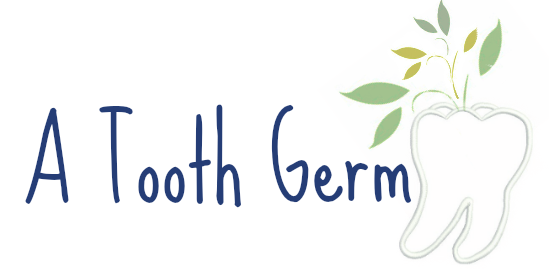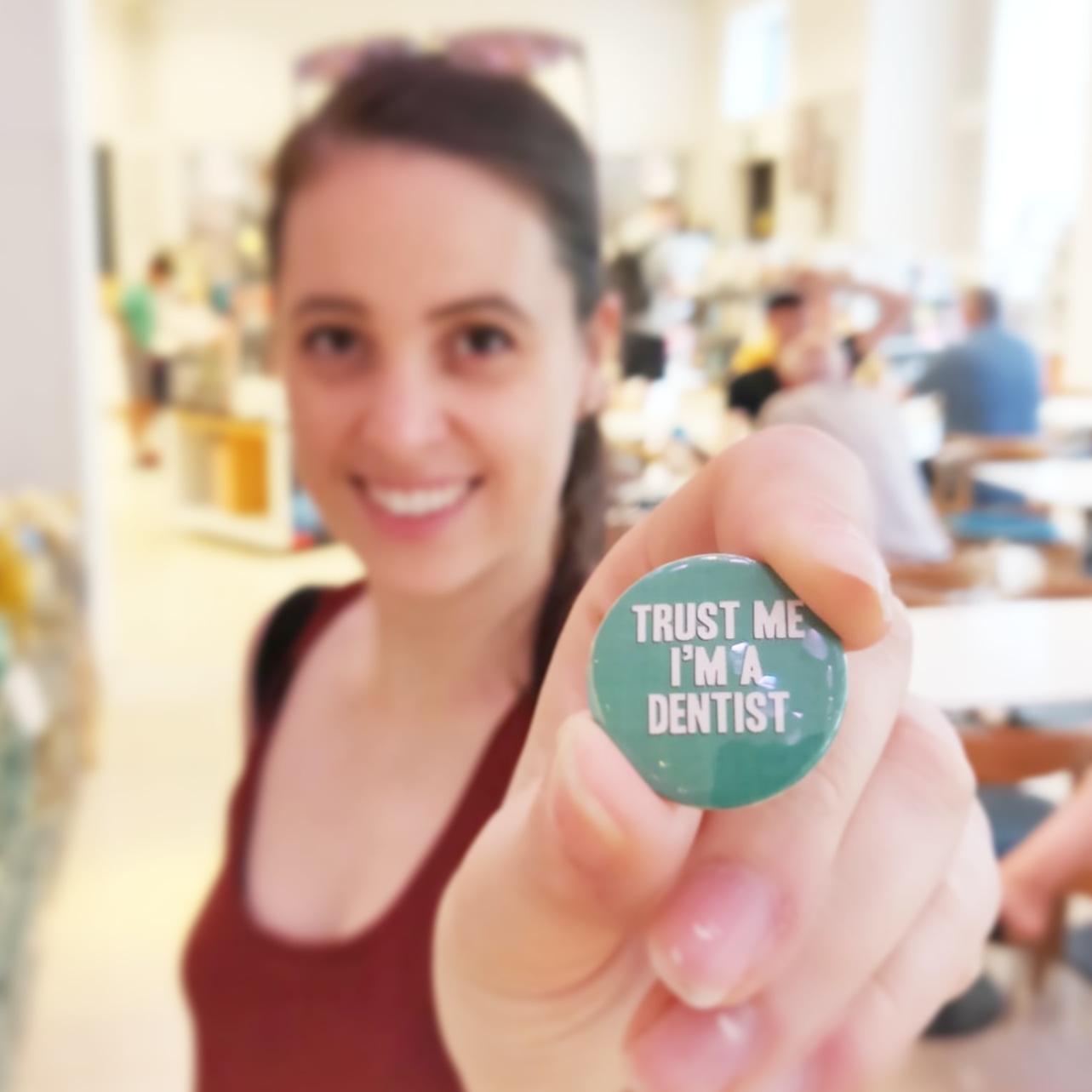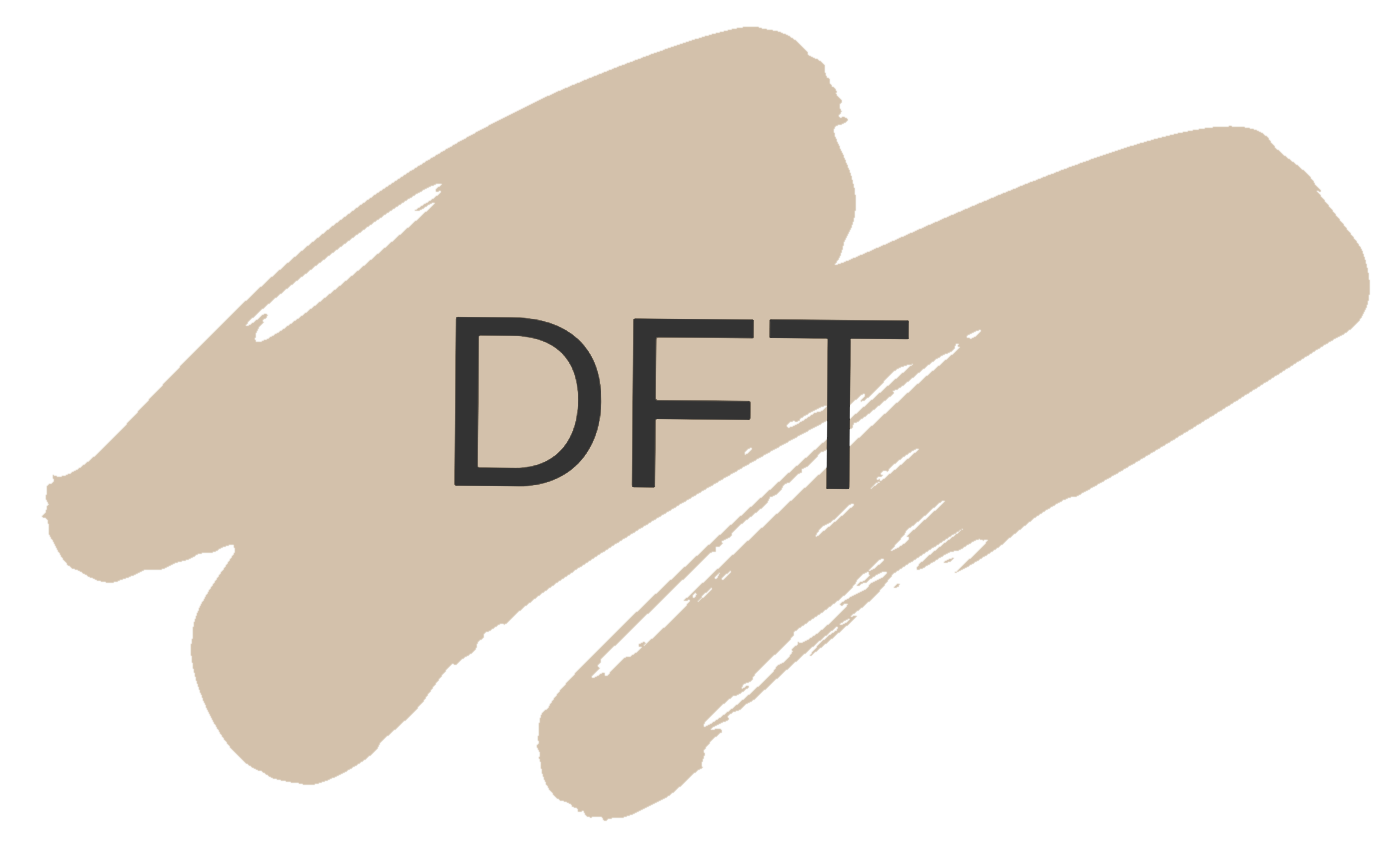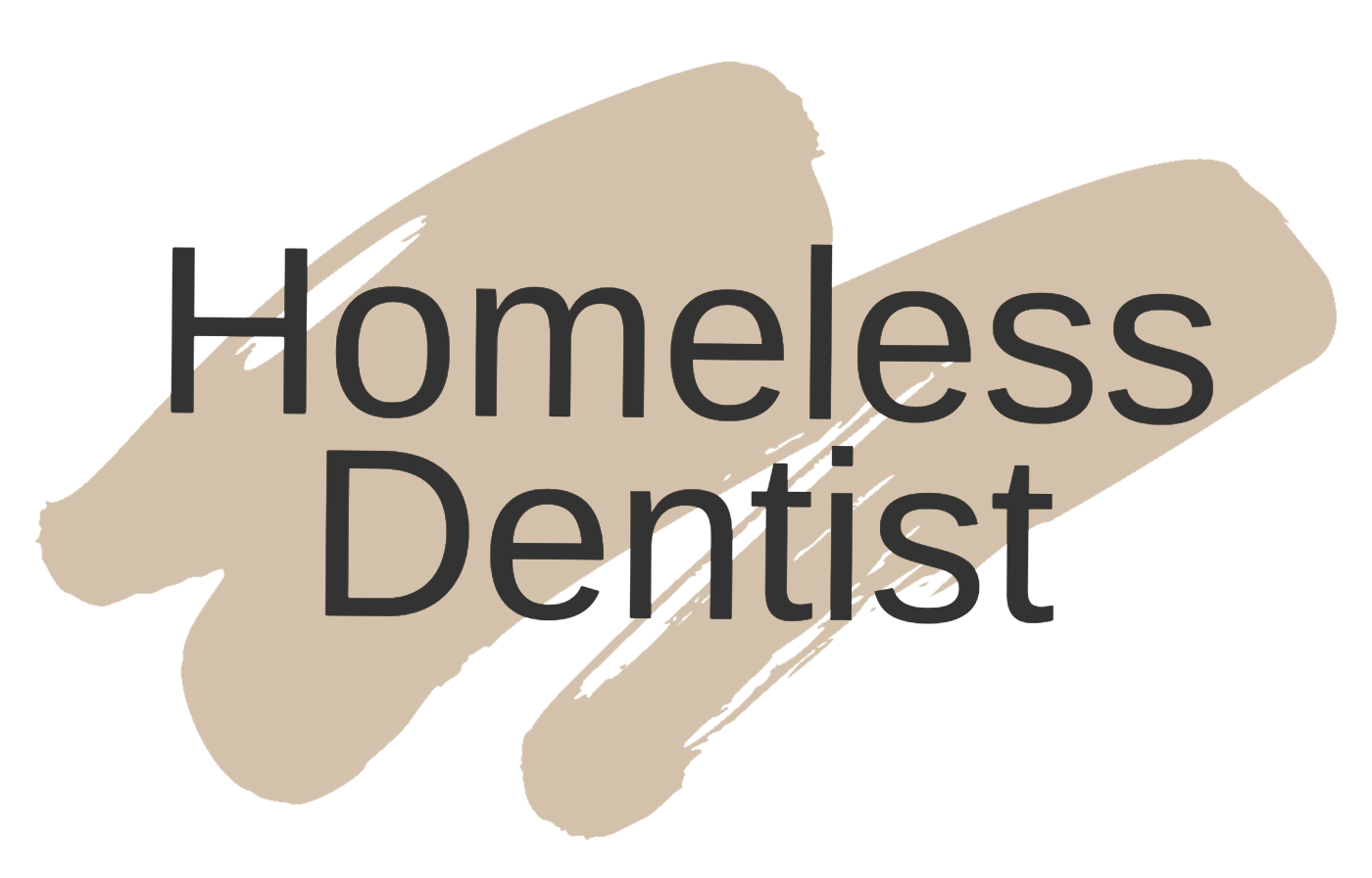A Guide to Dental Trauma in Children
Following one of my previous posts about a Paediatric Dentistry conference, here is a summary of how to manage dental trauma in children based on a talk that was held during the day.
 |
| A crown fracture in a permanent incisor |
Trauma in the Primary Dentition
Fractures
Uncomplicated crown - reassure and monitor, smooth or restore if co-operative
Pulpal exposure - extract
Root - if mobile or severe displacement extract (leaving the apical fragment if danger of damaging the developing tooth germ), otherwise monitor
Concussion and Subluxation - reassure, monitor, soft diet and corsodyl gel.
Extrusion and Lateral Luxation - if mobile or interfering with occlusion extract, if no mobility allow for spontaneous alignment within 6 months
Avulsion - DO NOT REIMPLANT! Confirm avulsion with radiograph and establish if tooth was inhaled
Intrusion - monitor carefull to allow spontaneous re-eruption or extract if embedded palatally close to underlying successor.
Always review tooth trauma for at least 1 year. The injuries which have the highest incidence of damage to the successor are avulsion, intrusion and palatal lateral luxation.
Sequelae of Primary Tooth Trauma
- Discolouration (grey/yellow)
- Pulp necrosis (sinus/swelling)
- Internal resorption (pink discolouration)
- External resorption
- Cyst formation
- Permanent displacement/malocclusion
- Damage to successor tooth
- Delayed eruption of successor tooth
Trauma in the Permanent Dentition
Extrusion - reposition (with LA), non-rigid splint for 2 weeks, soft diet, analgesia and corsodyl mouthwash.
Subluxation - soft diet, corsodyl gel, analgesia, relieve occlusion if needed, may require splinting.
Luxation - reposition (with LA) , non rigid splint for 2 weeks, soft diet, corsodyl mouthwash, analgesia
Avulsion - reimplant asap, do not handle the root, wash gently with saline, flexible splint 2 weeks, soft diet, corsodyl, antibiotics
DO NOT reimplant if:
- There are other injuries, patient will need to be admitted to ICU
- If there is a compromised medical history that leads to reduced immunity
- Immature permanent teeth with short roots and wide open apices with prolonged extra-oral time
Storage media:
- Cold fresh milk
- Saline
- Saliva
- Contacts lens solution
- Hank's solution
60+ minutes of dry extra-oral time there will be very few viable PDL cells left therefore extremely likely tooth will become non vital and/or become ankylosed.
Intrusion - if mild (<3mm) leave to re-erupt over 3 months, moderate (3-6mm) leave to re-erupt over 3 months or rapid ortho extrusion (2-3 weeks), severe (>6mm) surgically reposition and splint or reposition and ortho extrusion. If the tooth has a mature apex, flexible splint for 4 weeks and commence RCT.
Fractures
Crown - reassure, monitor, smooth, composite restoration or reattach fragment if available.
Complicated crown - as above, plus either direct pulp capping, pulpotomy, pulpectomy.
Root - 2 x-rays at right angles required to diagnose. If not mobile monitor vitality and advise soft diet, if mobile reposition and splint or extract coronal fragment. If the tooth becomes non-vital extirpate to fracture line and obturate (using either calcium hydroxide or MTA to create an apical barrier).
Crown-root - poor prognosis, either extract or if possible extract loose fragment and only RCT if can create a good seal.
Alveolar - reposition and splint, monitor pulp vitality in affected teeth
Mineral Trioxide Aggregate vs. Calcium Hydroxide
When trying to create an apical barrier in immature teeth in order to root treat a traumatised tooth there are two approaches: using calcium hydroxide or mineral trioxide aggregate (MTA).
Calcium hydoxide takes a much longer time (5-20 months) with multiple visits for the patient in order to replace the dressing. This means that problems arise in trying to provide a temporary restoration with a good seal as well as reports of root fractures before the end of treatment.
MTA on the other hand has the advantage of fewer visits as it sets within 3 hours, creates a good seal and is biocompatible so it can stimulate repair. Whilst the initial cost of MTA is more than calcium hydroxide, since the treatment is completed much faster, MTA is probably more cost effective.
Splinting Guidelines
7 DAYS - Subluxation
2 WEEKS - Avulsion
- Extrusion
- Lateral luxation
4 WEEKS - Root fracture
- Intrusion (surgical repositioning)
For more information please see the Dental Trauma Guide.
I hope you've found this guide useful! Please leave any questions or comments in the section below!
Why not take a look at my other Clinical Guide posts?
Why not take a look at my other Clinical Guide posts?


















2 comments
thankuh for sharing useful information.also check my blog dental crowns in islamabad
ReplyDeleteThanks for the blog.Nice guide to dental trauma information.You can also check.
ReplyDeletedental trauma